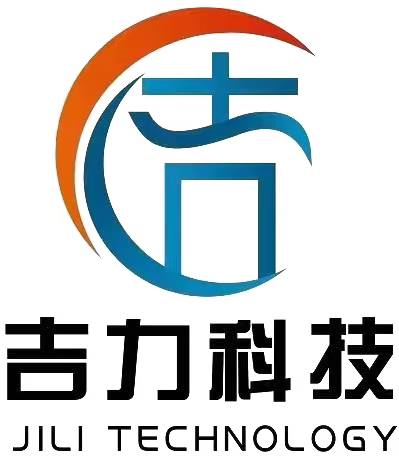Case of High-Precision Drone Frame CNC Machining
As Dongguan Jili Technology Co., Ltd., which has been deeply engaged in the CNC machining field for many years, we have always used exquisite craftsmanship to support high-end equipment manufacturing. This project of custom machining a high-precision frame for a drone R & D enterprise fully demonstrates our professional strength in machining complex and precision parts.
1. Project Background
The customer specializes in the R & D of high-performance drones. The new-generation product has strict requirements for the structural strength, lightweight design, and dimensional accuracy of the frame. As the core load-bearing component of the drone, the frame needs to be compatible with a variety of sensors and flight components, and maintain stability in complex flight environments. After multiple rounds of technical communication and process evaluation, the customer chose to entrust us with CNC machining to ensure product performance and quality.
2. Machining Difficulties
- Complex Structure Adaptation: The frame integrates multiple sets of installation interfaces, hollowed-out weight-reducing structures, and curved transition designs. It needs to achieve high-precision assembly in a limited space, which places extremely high requirements on tool path planning and machining coordination.
- Strict Precision Control: The flatness of the key installation surfaces needs to be controlled within 0.02mm, and the positional tolerance of the holes is ±0.05mm. Moreover, the adaptation tolerances between different components need to be strictly matched to ensure the stability and reliability of the drone during flight.
- Material Performance Balance: High-strength aluminum alloy is selected, which needs to take into account both lightweight and structural strength. During machining, it is necessary to avoid material deformation and stress concentration, and at the same time ensure surface quality to meet the requirements of subsequent anodizing and other treatments.
3. Jili Solutions
(1) Process Planning
- 3D Modeling and Simulation: Import the customer’s design drawings, use professional CAD/CAM software to build a 3D model of the frame, and simulate the machining process. For the complex structure, plan the five-axis linkage machining path, optimize the tool cutting angle and feeding strategy, and avoid interference and over-cutting.
- Step-by-Step Machining Strategy:
- Rough Machining: Use a large-diameter cemented carbide tool, and use a high-feed, layered cutting method to quickly remove the allowance, initially form the frame contour, and control the cutting parameters to reduce the impact of material thermal deformation.
- Semi-Finishing: Replace with a high-precision ball-end mill, pre-machine the installation surfaces and the areas around the holes, leaving a 0.1mm finishing allowance to prepare for key dimension control.
- Finishing: Use a five-axis machining center, cooperate with a micron-level precision detection system, to perform precision machining on key dimensions such as the flatness of the frame and the hole position accuracy. By compensating for tool wear and machine tool thermal deformation in real time, the machining accuracy is guaranteed to be stable.
- Special Process Treatment: For the hollow structure and thin-walled parts, use the vibration stress relief process to eliminate the residual machining stress; perform fine grinding and polishing on the surface to improve the roughness to below Ra0.8μm, laying the foundation for anodizing.
(2) Quality Control
- Process Monitoring: Equip the CNC machining center with an online monitoring system to collect data such as cutting force, vibration, and temperature in real time. After each key process (such as hole machining, plane finishing) is completed, automatically trigger the coordinate measuring machine for dimension detection, and immediately give an early warning and adjustment if the deviation exceeds ±0.01mm.
- Finished Product Inspection: Use industrial CT scanning to perform non-destructive testing on the internal structure and assembly interface of the frame to verify the uniformity of the wall thickness and the penetration of the holes; use a tension and torsion test bench to simulate the flight load of the drone and test the mechanical properties of the frame; perform a full inspection of the surface quality and dimensional accuracy, and issue a detailed inspection report.
4. Project Achievements
Through professional CNC machining and strict quality control, the delivered drone frame perfectly meets the design requirements. The flatness of the key installation surfaces is actually measured to be 0.015mm, the deviation of the hole position accuracy is ≤±0.04mm, and the structural strength and lightweight design reach the optimal balance. After the installation and testing, the drone flies stably in complex environments, and various performance indicators are excellent, which is highly praised by the customer. This project demonstrates the technical strength of Dongguan Jili Technology Co., Ltd. in the machining of precision components for high-end equipment, and provides a reliable CNC machining solution for drone R & D and manufacturing.


